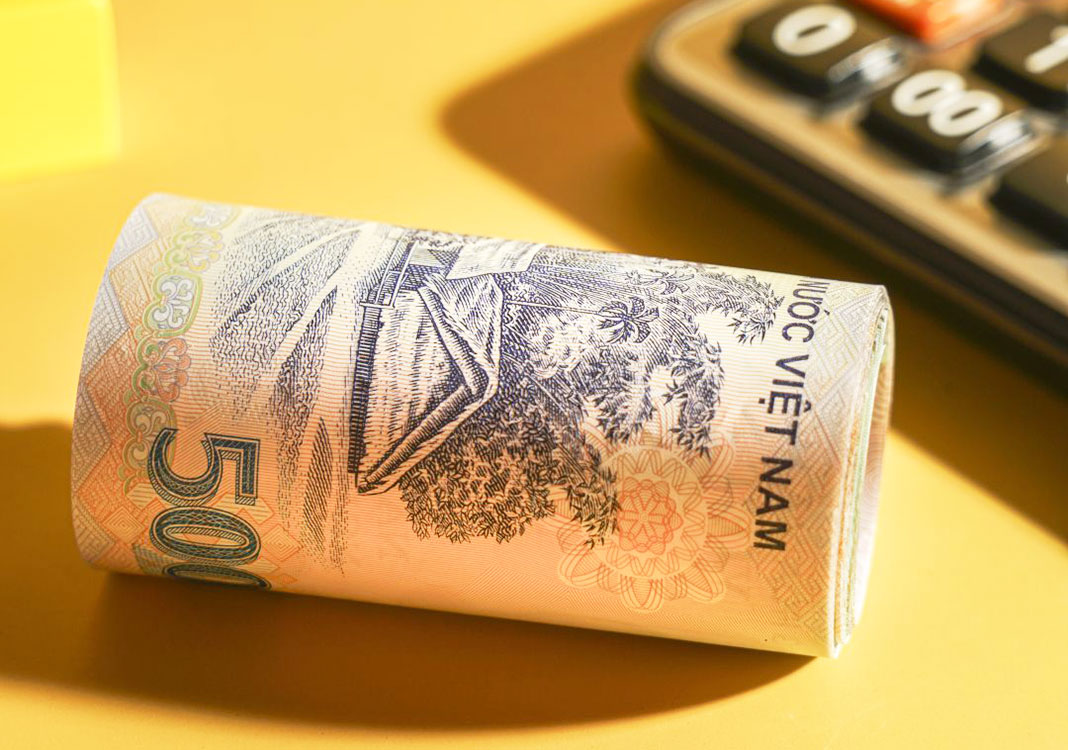Despite international market volatility, the exchange rate between the Vietnamese dong and the U.S. dollar remained steady in the first quarter of this year. This raises the question of whether the State Bank of Vietnam (SBV) still has room to continue loosening monetary policy without putting the exchange rate under pressure, especially after the U.S. recently announced reciprocal tariffs on imports from other nations. Stable exchange rate amid uncertainties By the end of March 2025, the dollar price on the interbank market had risen by less than 0.5% against the dong compared to the end of 2024, a modest change considering the regional and global market shifts. Among the ASEAN-6 group (Singapore, Indonesia, Thailand, Malaysia, the Philippines, and Vietnam), only the Indonesian rupiah saw a sharp depreciation (nearly 3%), while the Vietnamese dong was virtually flat, and other currencies appreciated. This marks a reversal from 2024 when most regional currencies significantly depreciated under the pressure of the strong U.S. dollar. Notably, the Thai baht rebounded strongly and gained nearly 5% on the tourism sector recovery and timely intervention by the Bank of Thailand, following a 19% depreciation between 2021 and 2023. In contrast, the Vietnamese dong has remained mostly stable […]
More interest rate cuts?
By Lao Trinh









